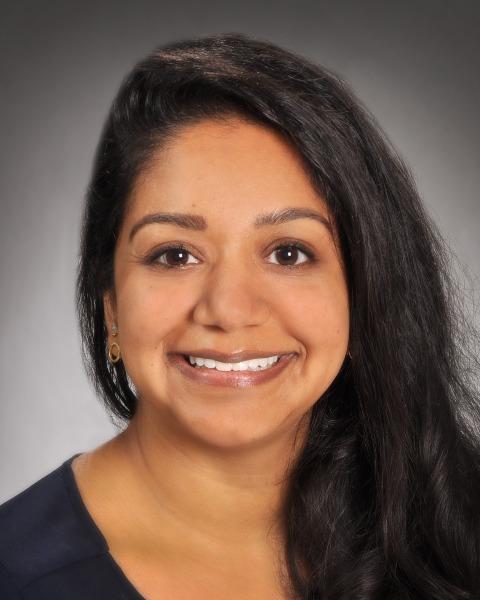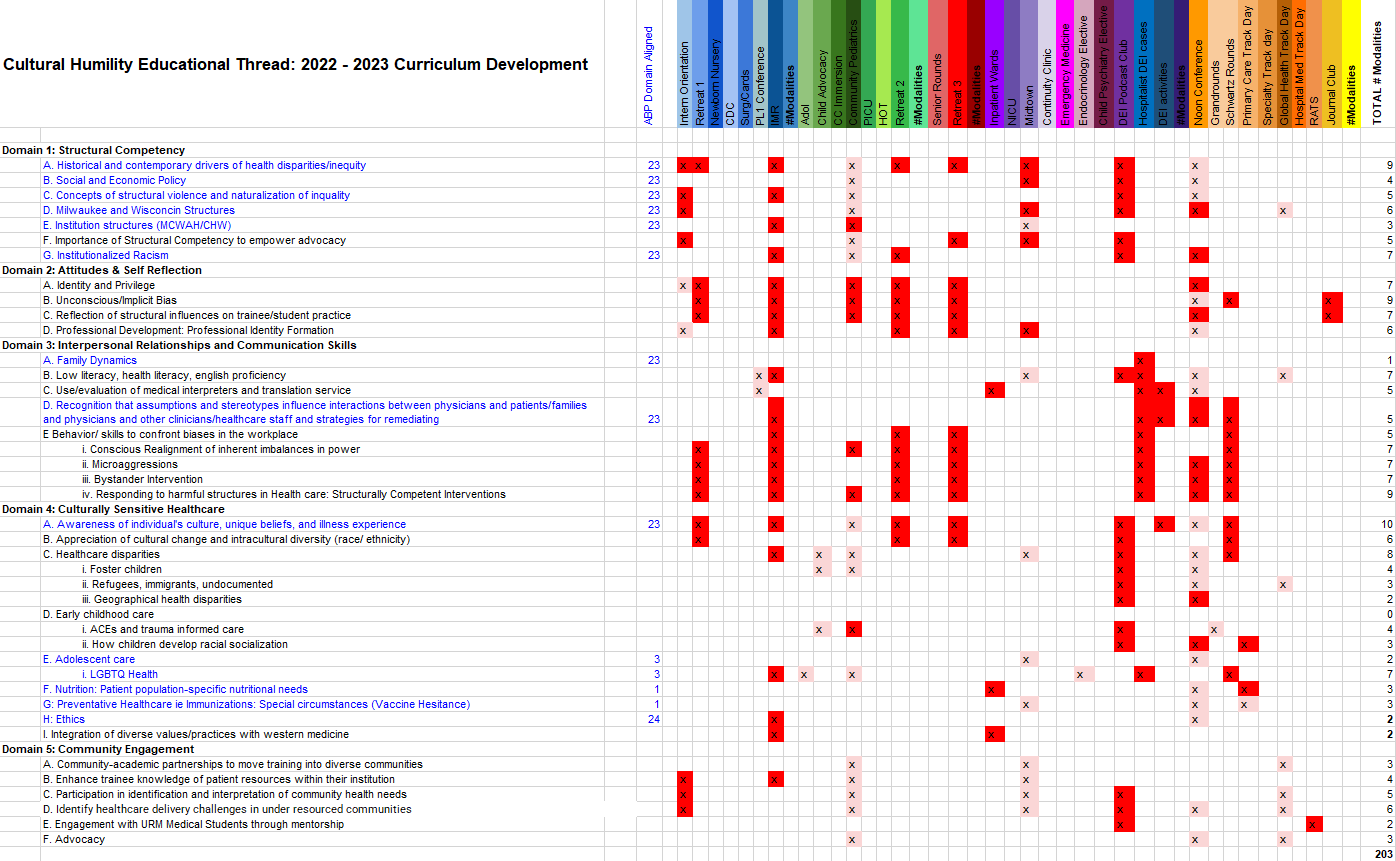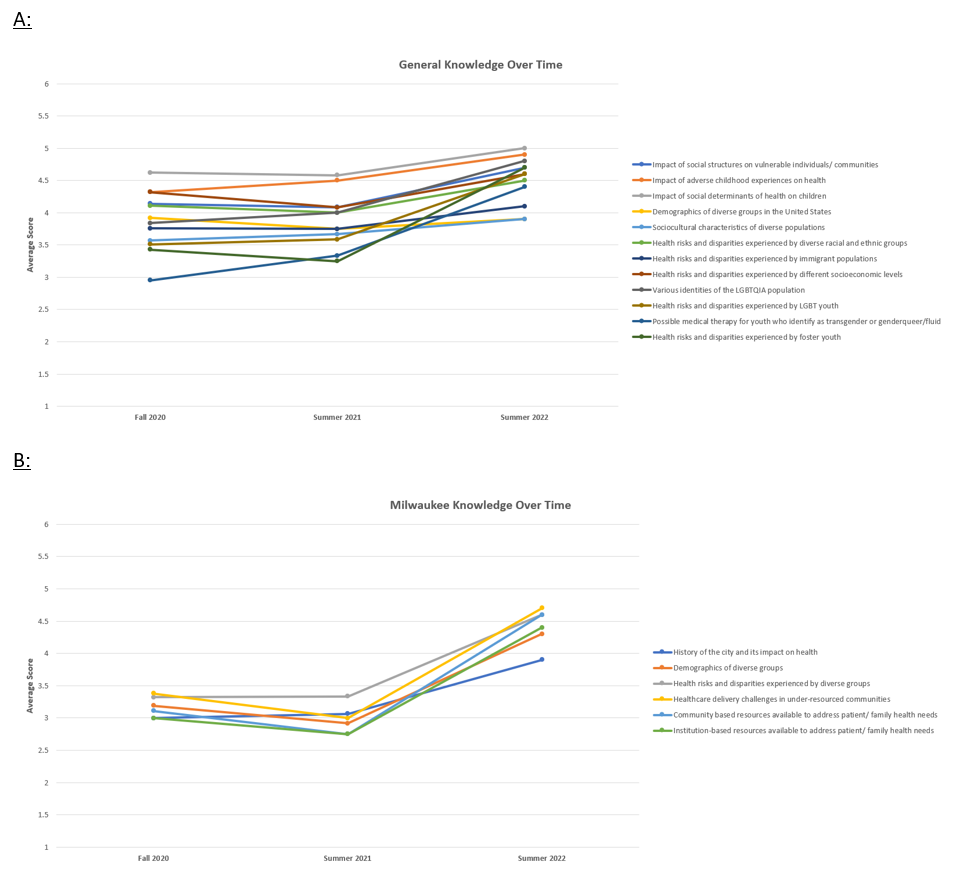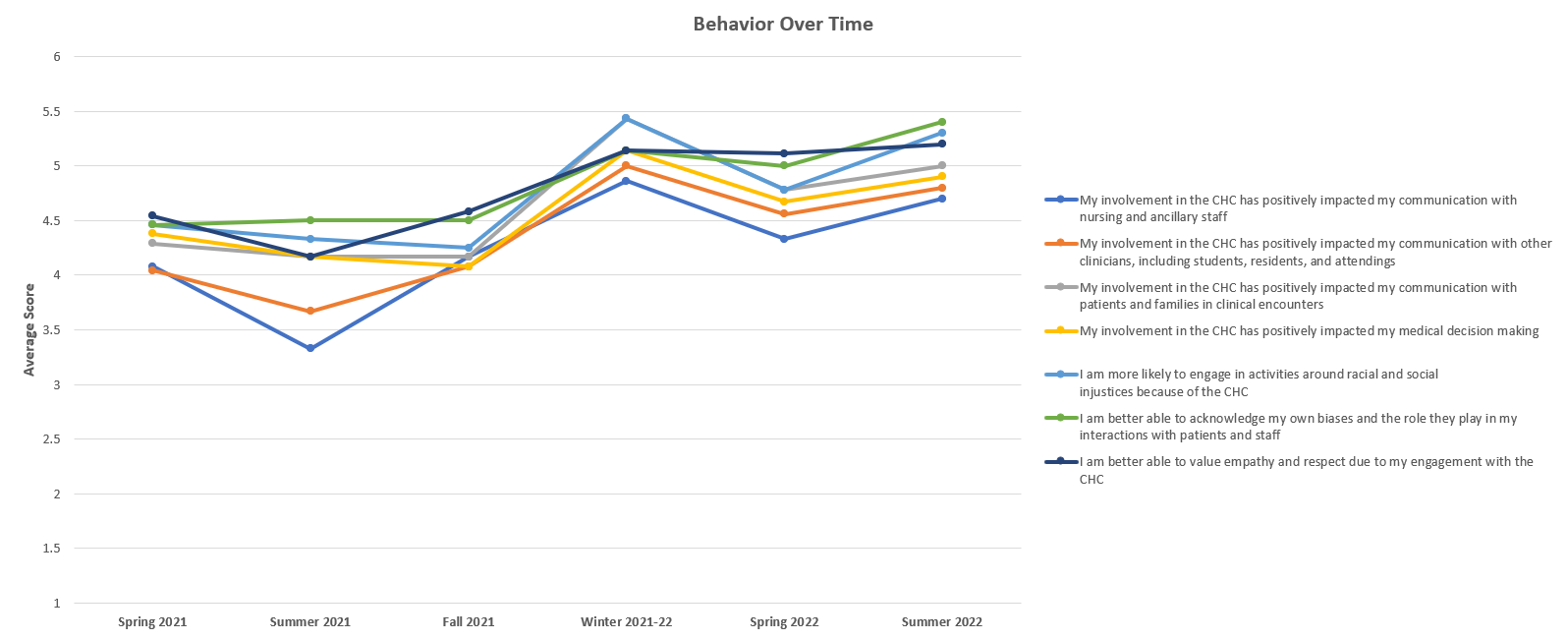Medical Education: Diversity, Equity & Inclusion
Medical Education 4: Diversity, Equity, & Inclusion 1
496 - Auditing a Comprehensive Cultural Humility Curriculum: A Review and Next Steps of a Novel Educational Framework
Publication Number: 496.125

Swathi Prasad, MD (she/her/hers)
Pediatric Emergency Medicine Fellow
Medical College of Wisconsin
Wauwatosa, Wisconsin, United States
Presenting Author(s)
Background: A resident-driven Pediatric Diversity, Equity, and Inclusion Committee created a comprehensive cultural humility curriculum (CHC) in 2020 as they recognized a lack of relevant topics in the curriculum pertaining to cultural sensitivity and local health disparities. A 3-year integrated educational framework for sustained inclusion now exists for review.
Objective: Audit the CHC to guide revision and sustainability with a focus on topic inclusivity, range of intervention modalities, and resident assessments of personal gains.
Design/Methods: Created via Kern’s Six-Step Approach, a CHC with Five Core Pillars was built for a single Midwest Pediatric Residency program using stakeholder interviews and ABP training specifications to develop an embedded educational thread (Fig 1); the thread now tracks additions to ensure gaps are filled across training levels and core domains. With no prior validated tools, a targeted needs assessment of pediatric residents was developed to track knowledge, attitudes, and skills pertinent to cultural humility (presented at PAS 2021). Longitudinal quantitative surveys were administered annually in addition to quarterly assessments to assess gains as residents participated in the CHC.
Results:
Cumulative response rate was 65% over the survey period. Results were reviewed with attention to impact of added educational modalities tracked via the educational thread (Fig 1). Annual comparisons showed sustained integration of prior topics with growth in areas that were previously lacking. Additions were developed in response to resident feedback: for example, targeted development was done on interprofessional relationships and communication (i.e. bystander interventions, responding to harmful healthcare structures) and Milwaukee-specific health disparities.
To residents, impact of the CHC was notable with increases in knowledge of general cultural humility topics and Milwaukee-specific topics (Figs 2a, 2b), as well as increased ability to acknowledge biases and better communicate with providers & patients (Fig 3). Specific interventions with intern morning report and health equity rounds revealed positive impact on knowledge and patient care.
Conclusion(s): Cultural humility topics were successfully and sustainably added into a residency curriculum using numerous educational interventions. Resident response has been positive with notable increase in knowledge and subjective impact on patient care. As resident turnover continues, opportunities arise for addition or adaptation of topics based on ongoing surveys. Qualitative feedback at the end of the curriculum will also contribute.


